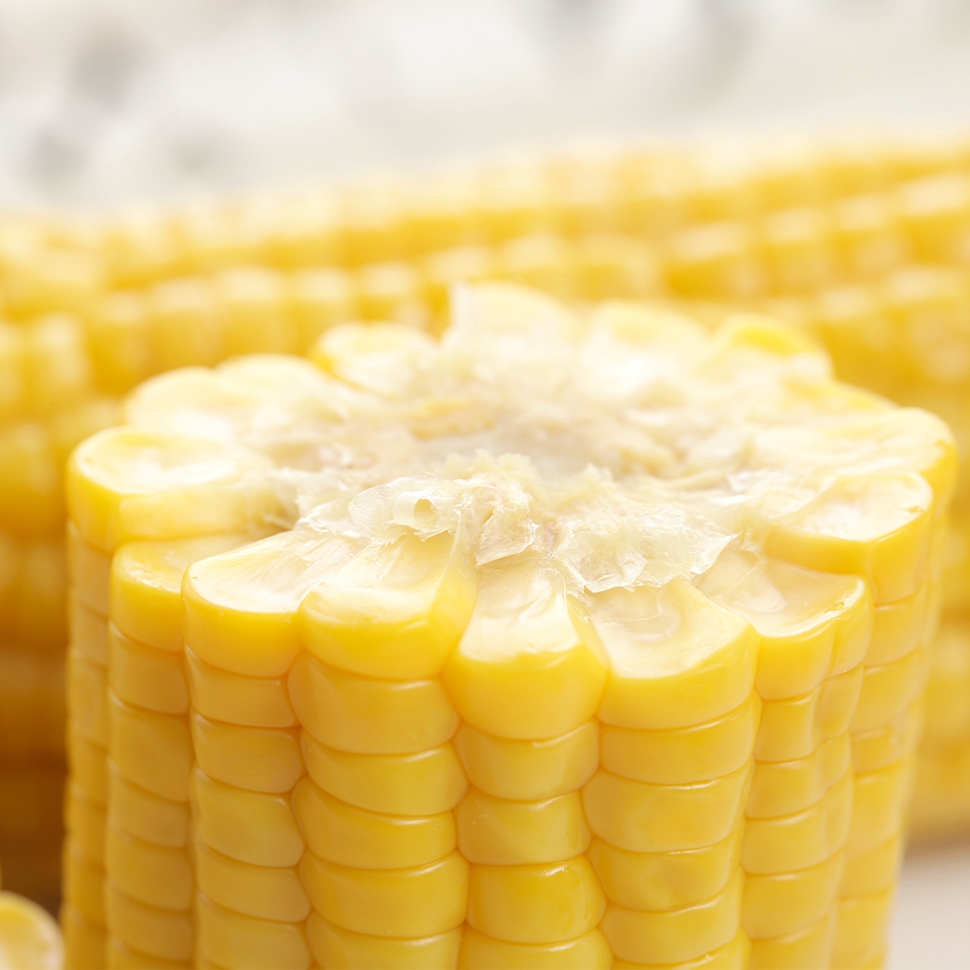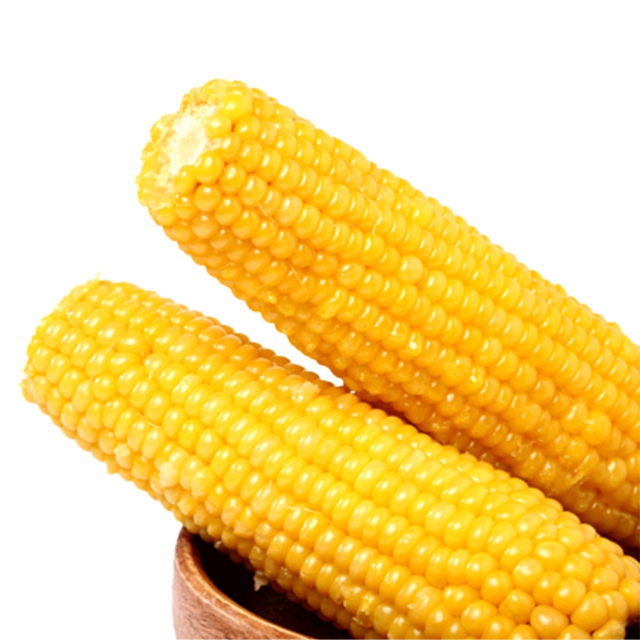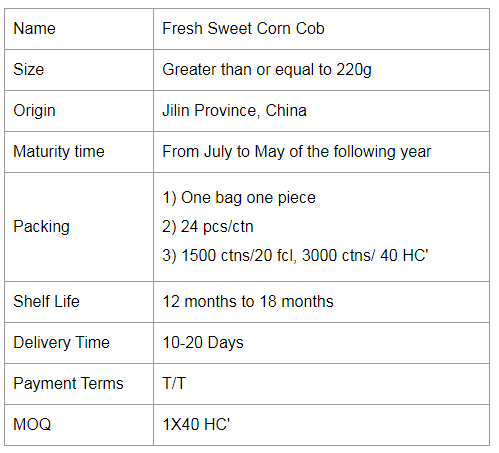The cultivation and management of burrs
I. Morphological characteristics and ecological habits
The burr lice can reach a height of 2 meters. The stems, small pieces of paper, and pedicels all have red bristles. The stipules do not become spiny, broadly elliptic to suborbicular, 2-3.5 cm in length, obtuse and pointed at tips, pink or purple-red, 2.5 cm long, 2–7-flowered racemes, flowering May-June. Capsule length 5-8 cm, with glandular burrs.
The burrs are bright and happy. They grow poorly in shade, have strong cold resistance, prefer good drainage of sandy loam, and have a certain resistance to salt and alkali. They can be in PH8.7 and light saline-alkali soil with a 0.2% salt content. Normal growth. Grafting seedlings are not strong against wind, and should not be planted in tuyères or open areas, otherwise they are prone to "turning around". Drought-resistant, not wet. Resist pruning. It has strong resistance to toxic and harmful gases such as hydrogen fluoride.
Second, water and fertilizer management
The burr cricket does not require much water, and large seedlings usually grow with reliable natural precipitation. For newly planted seedlings, watering management should be appropriately strengthened. When planting, the first three waters should be poured. After that, water should be poured once a month, and the feet should be poured into the frozen water after the end of the fall. In the early spring of the following year, the frozen water is poured in time, and the rest of the time is reliable and natural precipitation. The frozen water is poured in the late autumn. After three years of transplanting, you only need to pour thawed water and frozen water every year.
The burrowing crickets are more resistant to lice, but sufficient fertilizer can make the seedlings grow vigorously. In particular, when the new seedlings are planted, the appropriate amount of fertilizer can be used to allow the seedlings to quickly restore the tree vigor. When planting, it is best to apply the fermented beef and horse manure. The efficacy of beef and horse manure is moderate and lasting for a long time, and no root burning phenomenon will occur. At the beginning of June, urea can be applied once, which can promote the long branches and long leaves of seedlings. In the late autumn, combined with pouring frozen water, a rot leaf fertilizer can be applied briefly. From the second year onwards, one time rotting leaf fertilizer can be applied every year when the frozen water is poured.
Third, trimming
In North China, burrowing pods are mostly grafted with artichokes as rootstocks, mostly as large shrubs or small arbors. In pruning such seedlings, first of all, attention should be paid to the appearance of the entire crown shape. The crown shape must be maintained in the form of an umbrella, and excessively dense branches must be removed in time, and long branches must be short cut. We must promptly remove pests, stems and unused branches. For the sprouts produced by the rootstock, they should be erased in time.
Four, breeding methods
The breeding of burrowing cricket mostly uses hedgehog as the rootstock for grafting. Grafting generally takes place before sprouting in the spring, and cutting methods are often used. Rootstocks should be selected to have a breast diameter of 6 cm or more, and the hedgehogs that have been transplanted many times will have straight trunks, strong growth, and no pests and diseases. The scions can be selected from plants that are robust and free from pests and diseases. Generally, branches with a higher degree of lignification are selected for scion, and the length of the scions is generally 8-10 cm. When grafting, the scions should be cut into a wedge shape, and the scion and rootstock cortical should be well-matched, and then tightly wound with a plastic tape. Do not make it loose. The grafting place is sealed with wax and then put on a plastic bag for moisturizing. About 20 days, the wound can heal, and the scion draws a bud.
V. Pest Control
The common disease of burrs is purple feather disease, which often causes the roots to rot and the trees are easily blown down by strong winds. If this happens, sprinkle plant ash at the root of the tree from July to August at an amount of 1 kilogram per plant, then turn the soil over and rake it down. Burr grasshoppers are also susceptible to powdery mildew and coal contamination. If powdery mildew occurs, they can be sprayed with 15% triadimefon 1000 times liquid. Once every 7 days, continuous spraying 2-3 times can effectively control the disease. If there is a coal contamination, first kill the aphids and scale insects, and use 50% carbendazim 1000 times spraying, once every 7 days, continuous spraying 3-5 times can effectively control the condition.
The common pests of burrs include scale insects, aphids, moths and long-horned beetles. If scale insects occur, they can be sprayed with 100-fold liquid petroleum emulsion No. 20. If locusts occur, 2.5% imidacloprid wettable powder can be used 2000 times. The liquid is sprayed and killed. If a moth appears, it can be killed by using 50% of the boiled pine nut oil 1000 times. If there is a calf happening, it can be sprayed with green Weirui to kill.
Single Vacuum Packed Sweet Corn
Corn (Maize) is cultivated throughout China. It is also widely grown in tropical and temperate regions of the world and is an important cereal. With yields of up to 700-900 kg per mu, maize is one of the more productive grains.
Corn is rich in nutrients, with protein, body fat, tapioca starch, vitamin B1, vitamin B2, vitamin B6, vitamin A, vitamin E, carotene, methyl cellulose and calcium, phosphorus and iron. Corn is a good source of vitamin C, which can help boost the immune system and help fight cancer. Compounds found in corn have been shown to reduce the risk of cardiovascular disease. According to research, fresh corn contains 4-5 times more body fat than rice and flour, and contains unsaturated fat, of which 50% are fatty acids, which inhibit the digestion and absorption of cholesterol. It is an excellent medicine for long-term use to reduce blood cholesterol and soften blood vessels, making it an ideal vegetable oil for patients with hypertension, coronary heart disease, obesity and the elderly.
Corn is also a cereal and low-fat food. Researchers have found that a low-fat diet has no significant effect on the risk of several diseases. In past follow-ups, a low-fat diet was found to provide significant and sustainable health benefits.



If you have any questions, you can contact us immediately by leaving a message on the website or by sending an email.
Cream Sweet Corn Cob,Whole Sweet Corn Cob,Cream Sweet Corn,Fried Sweet Corn Cob
Jilin Province Argricultural Sister-in-law Food Co., Ltd. , https://www.nongsaocorn.com